In event of potential fire risks or fire hazards, the responsible staff for the employees, tenants, and worker safety must follow certain precaution procedures. A do checklist, or simply call them the fire risk assessment checklists.
It is a legal requirement that all business wonders and premises that contain more than 5 people or employees have a fire assessment checklist.
The checklist represents the series of steps to take in event of fire hazards in a building or premises. These steps help save lives, control fire hazards, and prevent fatalities during accidents.
Here in our fire risk assessment checklist guide, we’ll break out the essential steps in case of fire accidents.
In this guide, you will learn the essential 5 risk assessments to ensure a better and fire-safe work environment
Starting with the first step
Identify the fire hazards
The concept behind having a fire risk assessment is to identify and eliminate fire hazard threats in a building or premises. And therefore, the first step in your quick workplace checklist is to identify fire hazards.
How to do that?
To identify fire hazards first, you need to know what could cause them in the first place. Make a quick workplace inspection and look for any potential heat sources or ignition.
This is the first part, the second priority is to identify all the fuel sources in your building, and any subject that could play a role in fuel. Fuel sources are plenty, it can be plastic, paper, wood, furniture, and all that consider flammable.
Make sure that heating sources such as electricity fuses or wires don’t have any direct contact with any flammable objects.
The vast majority of fire hazards happen because most business owners tend to ignore the first risk assessment step.
But, what do you do in case of fire hazards?
Identify People at risk
There are essential and crucial steps to take in case of a fire breakout. When fire breaks out, remember that you are dealing with an unusual circumstance, and probably things will get messy.
The second assessment step in a case of a fire is to determine. Find and identify the people who are likely more exposed to the danger.
At this point, your fire risk assessment decisions will be based on priorities. Your priority is to identify the most vulnerable employees and people against fire.
The first priority is for children, the elderly, and disabled individuals. Once you deal with these sides focus next on the people who are more likely to face fatality danger.
Ask your staff to show and guide people who are not familiar with your building and property planning.
One last thing to consider in your second-stage fire assessment checklist is the staff you put in the line of fire. Consider that you might expose them to danger and increase potential fire risk.
To decrease those risks provide your staff with the necessary fire protection such as fire extinguishers.
Evaluate, analyze and take immediate actions
At this stage, the next step on your quick workplace checklist is to evaluate, act and isolate the fire. Once you ensure the fire danger has decreased, start to evaluate the first two fire risk assessment steps.
Evaluate the situation and take immediate action, revoke any flammable objects that could start a new fire accident. Go and find any objects that could make a fuel source and isolate them from any heating source or fire.
Control the fire damages by providing fire precautions to your staff, and providing fire extinguishers. Evacuate the people from the building and coordinate and effect evacuation plans.
By assessing and analyzing the situation, you will be able to decide the following
- Keeping fuel sources and ignition way from the fire way to prevent new fire
- Isolating the fire which makes it easy to control
- Keeping people’s life safe by following safety and evacuation procedures
Record and plan
In the UK business owners who have a staff of more than 5 people are legally required to give an accident report in case of a fire accident. The report helps in the investigation that follows and determines whether the employer took the necessary fire risk assessment measures or not.
If the authorities found he or they didn’t do any precautionary procedures, there will be penalties.
To prevent this, ensure to record and write all the events and the decisions you made during the accident. Make the written record detailed, sequenced, and clear.
Your next step is to develop an efficient emergency plan against future potential fire risks and accidents. Ensure all your staff are aware of the fire management plan and make sure they are well prepared and trained.
Review regularly
Lastly, your final step in a fire risk assessment is to review and adjust the fire emergency plan. Go over the plan, assess it, and find any weak spots you could fix and update to the safety standards.
Make periodic fire assessment plan reviews and keep improving your emergency and precaution plan.
Ensure that all the necessary measures of precaution are taken, and make sure the staff is well trained to deal with fire accidents.
Who should do your fire risk assessment?
A question that we hear a lot, is who should carry out my fire risk assessment. The answer to that depends. However, the responsibility of doing it relies on the responsible person or the business owner.
As the question’s answer, the person who should carry out your fire risk assessments depends on your busiest size and its complexity.
For example
Large complex
Business owners with large and complex company premises are recommended to hire a professional and registered assessment specialist. It is unadvised for this kind of business to do their assessment on their own, it’s dangerous and not up to the employee’s safety standards.
Ask for recommendations within your area and make sure the hired person or campy has a good, and strong record.
Smaller organizations
Small premises organizations with uncomplex fire risk hazards can carry out a fire risk assessment on their own. If you have a small company or organization you can simply follow the 5 steps of risk assessment that this article has discussed.
Identify the risk and the people at risk, evaluate the circumstance, and act based on the event. Next, you would need to record everything and develop an efficient fire management plan.
Heritage buildings
People who are responsible for heritage buildings or historical buildings such as museums and galleries must hire a qualified assessor to carry out their risk assessment.
The assessor they hire must be registered, have a good assessment record, and most importantly he has background knowledge about heritage building.
Fire risk assessment template
Your quick workplace checklist helps significantly as a risk assessment strategy and ensures that your premises are well protected against fire hazards and ignition.
Whether it’s your house or your organization, it’s your responsibility to assess the risk and make the necessary precaution and preparation.
To help you more, you can download our fire risk template document and use it as the first step to accomplishing effective fire management stages.



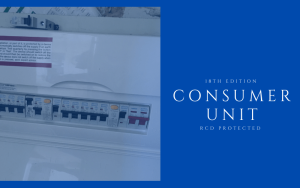


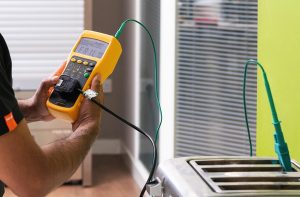
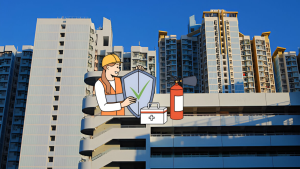
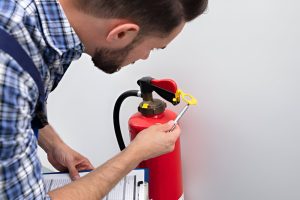
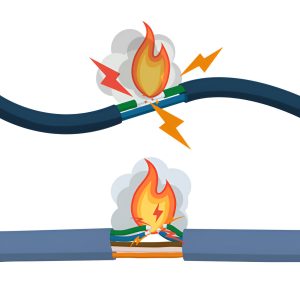

8 thoughts on “5 Steps of Fire Risk Assessment”
My brother suggested I might like this blog. He was totally right. This post actually made my day. You can not imagine simply how much time I had spent for this info! Thanks!
We just wanted to take a moment to acknowledge all the hard work and effort you’ve been putting in lately. Keep up the amazing job, you’re doing great!
I am not sure where you’re getting your info, but good topic. I needs to spend some time learning much more or understanding more. Thanks for magnificent info I was looking for this information for my mission.
I couldn’t stop scrolling and reading, your content is truly one-of-a-kind. Thank you for all the time and effort you put into creating such amazing content.
This blog has become a part of my daily routine I start my mornings with a cup of coffee and your latest post
Your positive energy and enthusiasm radiate through your writing It’s obvious that you are truly passionate about what you do
It’s not often that we come across content that really resonates with us, but this one is a standout. From the writing to the visuals, everything is simply wonderful.
I’m always fascinated by such informative posts, and your latest posts are always fascinating read. The way you simplify complex concepts is truly commendable. Keep up the stellar work! Taylor Swift ~ Leaked News TV.